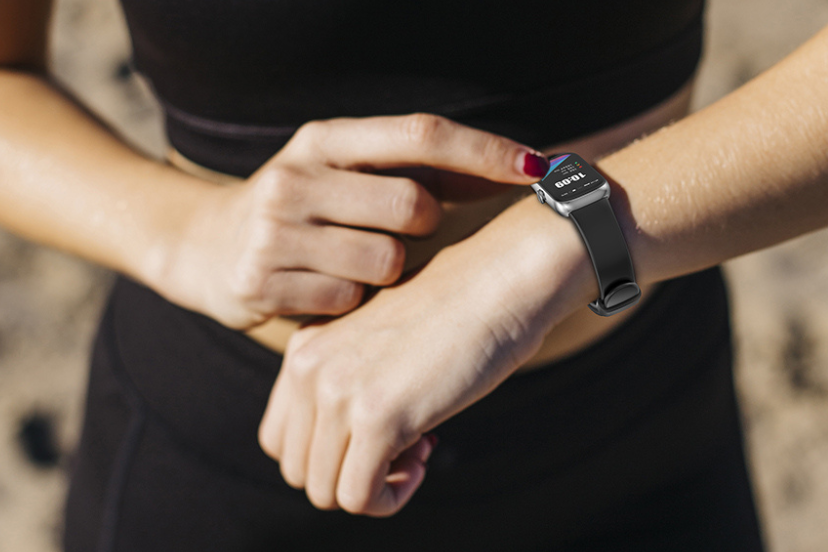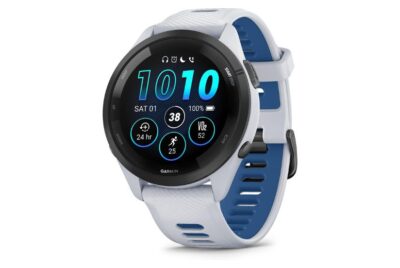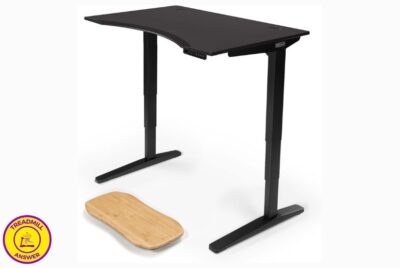Heart Rate for Treadmill: Ultimate Guide & Top 5 Picks
Monitoring your heart rate during treadmill workouts is not just about numbers on a screen—it’s about optimizing your fitness journey, pushing your limits, and ensuring your health. In this guide, we’ll dive deep into why tracking your heart rate on the treadmill is essential, and how you can leverage this data to get the most out of every step you take.
Understanding Heart Rate
What is Heart Rate?
Heart rate refers to the number of times your heart beats per minute (BPM). It’s a vital sign that provides insights into your cardiovascular health and overall fitness level. When you exercise, particularly on a treadmill, your heart rate increases to supply your muscles with more oxygen-rich blood. This metric isn’t just a number—it’s a key indicator of how hard your body is working and how effectively your heart is functioning during exercise.
Why Monitor Heart Rate on a Treadmill?
Monitoring your heart rate on a treadmill is essential for several reasons. It helps you maintain the correct intensity during your workout, ensuring that you’re neither underworking nor overexerting yourself. By staying within specific heart rate zones, you can tailor your workouts to achieve specific goals—whether it’s fat loss, endurance building, or improving cardiovascular health. Additionally, tracking your heart rate helps you avoid overtraining, reducing the risk of injury and allowing your body to recover properly.
The Benefits of Monitoring Heart Rate
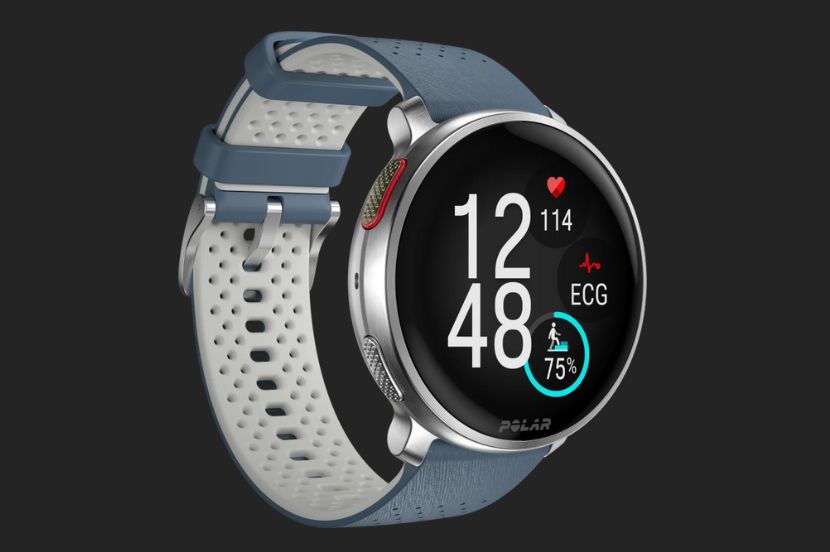
Optimizing Workout Intensity
One of the primary benefits of monitoring your heart rate is the ability to optimize your workout intensity. By keeping your heart rate within certain zones, you can target specific fitness outcomes. For example, staying in the fat-burning zone helps you burn more calories from fat, while the cardio zone improves your aerobic capacity. Knowing your heart rate allows you to push harder when needed and ease off to avoid overexertion.
Preventing Overtraining
Overtraining can lead to fatigue, injury, and a decrease in performance. By consistently monitoring your heart rate, you can recognize when your body is under too much stress. If your heart rate is too high during a workout, it’s a sign that you need to slow down and let your body recover. This approach not only helps in preventing injuries but also ensures that you maintain a balanced and effective training regimen.
Tracking Progress and Performance
Heart rate data is an excellent tool for tracking your fitness progress over time. As you become fitter, you’ll notice that your heart rate decreases for the same level of effort, indicating improved cardiovascular efficiency.
Additionally, you can use heart rate data to measure improvements in your endurance and overall performance. Seeing tangible progress can be incredibly motivating and can help you set and achieve new fitness goals.
Ideal Heart Rate Zones for Treadmill Workouts
To make the most out of your treadmill workouts, it’s essential to understand the different heart rate zones and how they impact your fitness.
Warm-Up Zone (50-60% of Max HR)
The warm-up zone is where you should start your treadmill workout. At 50-60% of your maximum heart rate (Max HR), this zone helps gradually increase your heart rate, preparing your body for more intense exercise. It’s an essential part of any workout routine, as it helps prevent injuries and improves overall performance.
Fat-Burning Zone (60-70% of Max HR)
The fat-burning zone is ideal for those looking to shed extra pounds. At 60-70% of your Max HR, your body burns a higher percentage of calories from fat. This zone is also great for improving overall cardiovascular fitness, as it allows you to sustain a moderate intensity over a longer period.
Cardio Zone (70-85% of Max HR)
The cardio zone is where you build endurance and strengthen your heart and lungs. At 70-85% of your Max HR, you’re pushing yourself harder, improving your aerobic capacity. Workouts in this zone are more intense, helping you build stamina and improve your cardiovascular health.
Peak Zone (85-100% of Max HR)
The peak zone is for those who want to push their limits. At 85-100% of your Max HR, you’re working at your maximum capacity. This zone is great for improving speed, power, and overall athletic performance. However, it’s also the most demanding, so it’s important to use this zone sparingly and ensure you’re well-prepared.
Best Practices for Monitoring Heart Rate on a Treadmill
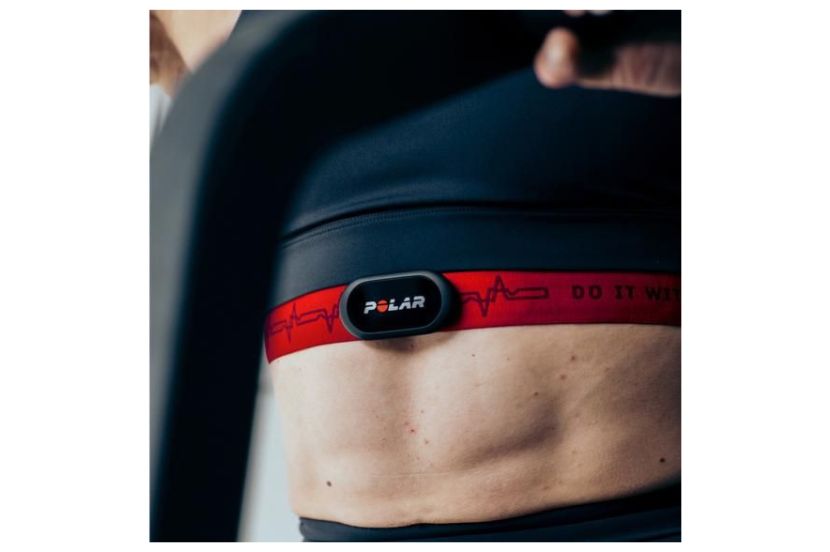
To get the most accurate and useful data from your heart rate monitoring, it’s important to follow these best practices.
Choosing the Right Equipment
Investing in reliable heart rate monitoring equipment is crucial. Whether you opt for a chest strap, wristwatch, or a treadmill with built-in sensors, the accuracy of your heart rate data depends on the quality of your device. Chest straps tend to offer the most precise readings, while wrist-worn devices provide convenience. Treadmill sensors are also a good option, especially for those who prefer a hands-free approach.
Consistent Monitoring During Workouts
For the best results, you should consistently monitor your heart rate throughout your treadmill workout. This allows you to stay within your target heart rate zones and adjust your intensity as needed. If your heart rate drops too low, it may be a sign to increase your pace or incline. Conversely, if it’s too high, you may need to slow down to avoid overexertion.
Interpreting Your Heart Rate Data
Understanding and interpreting your heart rate data is key to improving your performance. Regularly review your data to identify trends and patterns. For example, if you notice that your heart rate is consistently higher during certain parts of your workout, it may indicate that those segments are particularly challenging. This information can help you adjust your training plan to better suit your fitness level and goals.
Top 5 Heart Rate Monitors for Treadmill Users
If you’re serious about monitoring your heart rate during treadmill workouts, investing in a high-quality heart rate monitor is essential. Here are five of the best options available.
Editor’s Choice: Garmin Forerunner 245 Music
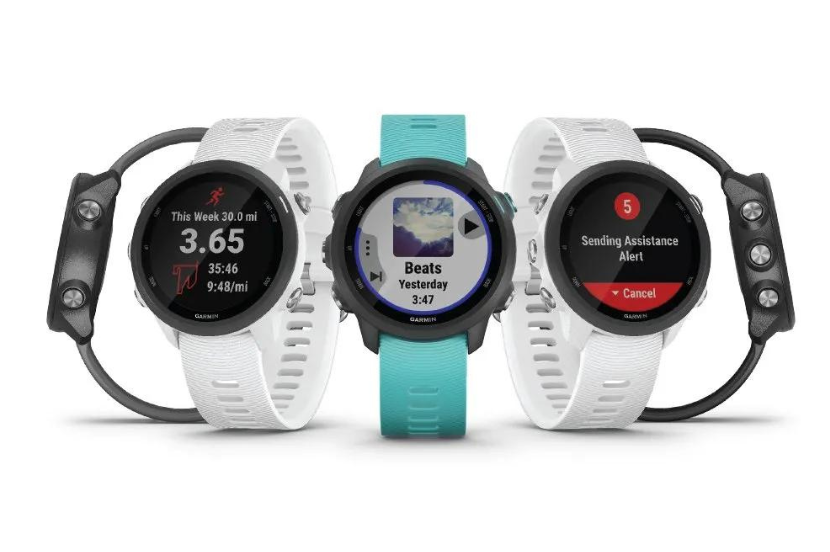
Why I Recommend It:
The Garmin Forerunner 245 Music tops my list for treadmill users, and here’s why: This watch nails heart rate accuracy, which is crucial for hitting the right intensity during your runs. Plus, it tracks advanced metrics like VO2 max and recovery time, giving you a complete picture of your fitness progress.
I love that it lets you store and play music directly from the watch—no need to lug your phone around. You can also customize your workouts, making it easy to adjust based on your heart rate goals. It’s comfortable, durable, and super easy to use, which means you can focus on your workout, not your gear. If you’re serious about optimizing your treadmill sessions, the Garmin Forerunner 245 Music is a game-changer.
Apple Watch Series 8
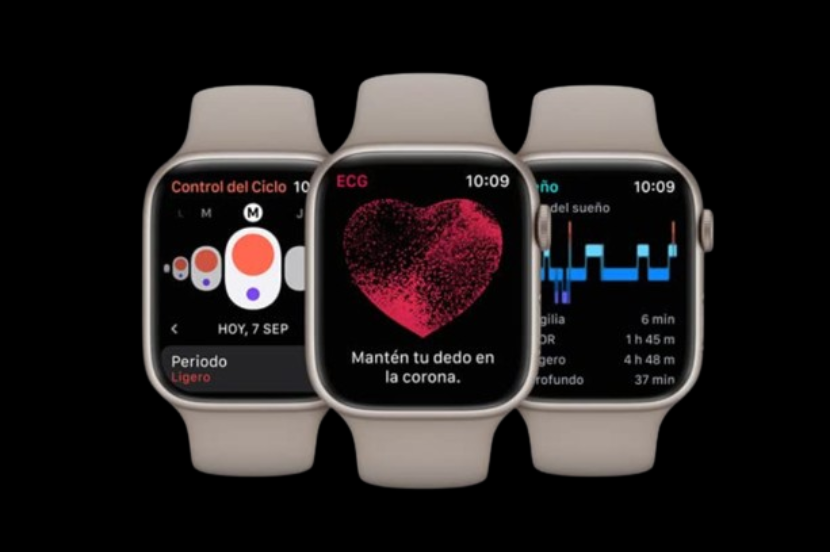
The Apple Watch Series 8 is more than just a smartwatch—it’s a powerful fitness tool. Its heart rate monitoring capabilities are incredibly accurate, and it also offers features like ECG and blood oxygen level tracking. The watch’s seamless integration with the Apple ecosystem makes it easy to track your health data across multiple devices. Whether you’re using it for treadmill workouts or other activities, the Apple Watch Series 8 provides reliable heart rate data that can help you optimize your performance.
Polar H10 Heart Rate Monitor
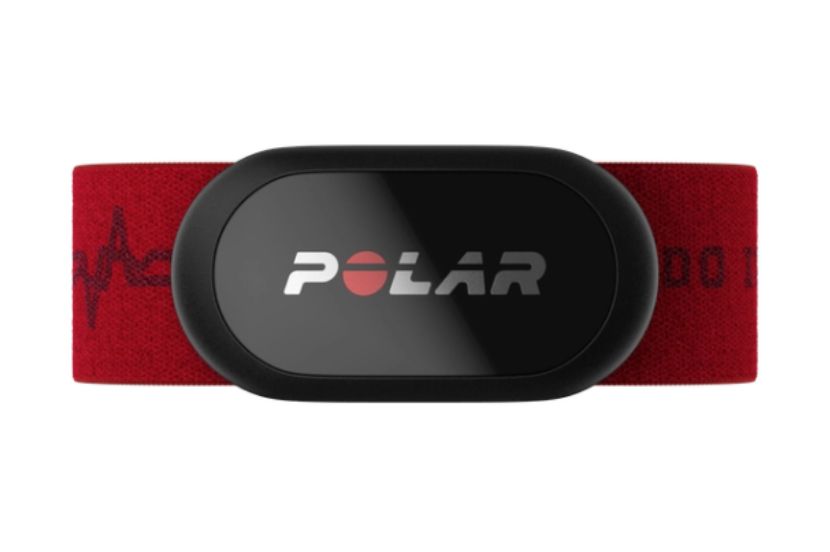
The Polar H10 is widely regarded as one of the most accurate heart rate monitors on the market. This chest strap monitor offers unparalleled precision, making it the go-to choice for serious athletes and fitness enthusiasts. The Polar H10 is particularly beneficial for treadmill users who want the most accurate heart rate data possible. Its compatibility with a wide range of fitness apps and devices ensures that you can seamlessly integrate it into your workout routine.
Fitbit Charge 5
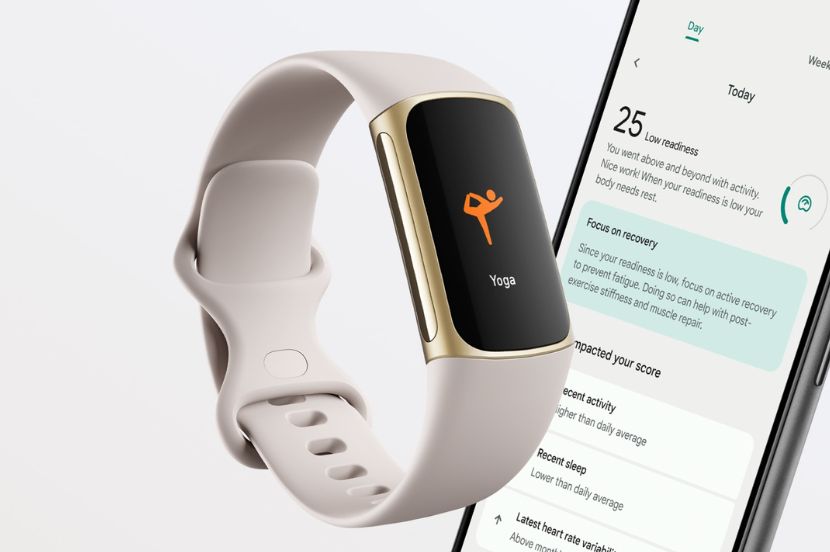
The Fitbit Charge 5 is a sleek and stylish fitness tracker that offers reliable heart rate monitoring. It’s comfortable to wear, making it ideal for long treadmill sessions. In addition to heart rate tracking, the Fitbit Charge 5 offers features like stress management, sleep tracking, and a daily readiness score, which helps you determine how prepared your body is for a workout. This all-around fitness tracker is perfect for those who want to monitor their heart rate and other health metrics in a convenient and user-friendly device.
Suunto 9 Baro
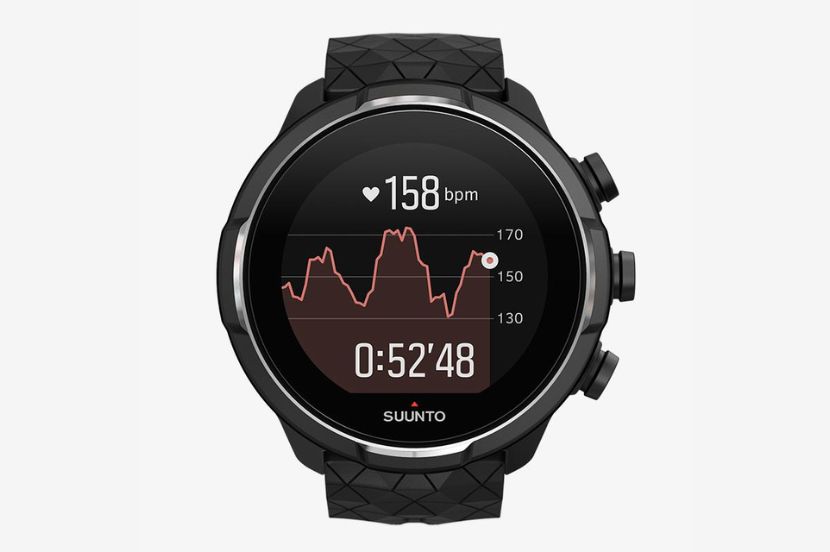
The Suunto 9 Baro is built for endurance athletes who need a heart rate monitor that can keep up with their rigorous training schedule. Its heart rate monitoring is top-notch, and the watch offers a long battery life, making it ideal for extended treadmill sessions. The Suunto 9 Baro is also incredibly durable, with a robust design that can withstand the toughest workouts. For those who demand both performance and durability, this watch is an excellent choice.
Conclusion
Monitoring your heart rate on a treadmill isn’t just a fitness trend—it’s a powerful tool that can elevate your workouts, prevent injuries, and track your progress. By staying within your target heart rate zones, you can ensure that each workout is effective and aligned with your fitness goals. With the right heart rate monitor and a solid understanding of how to use your heart rate data, you can take your treadmill workouts to the next level and achieve the results you’re aiming for.
FAQs
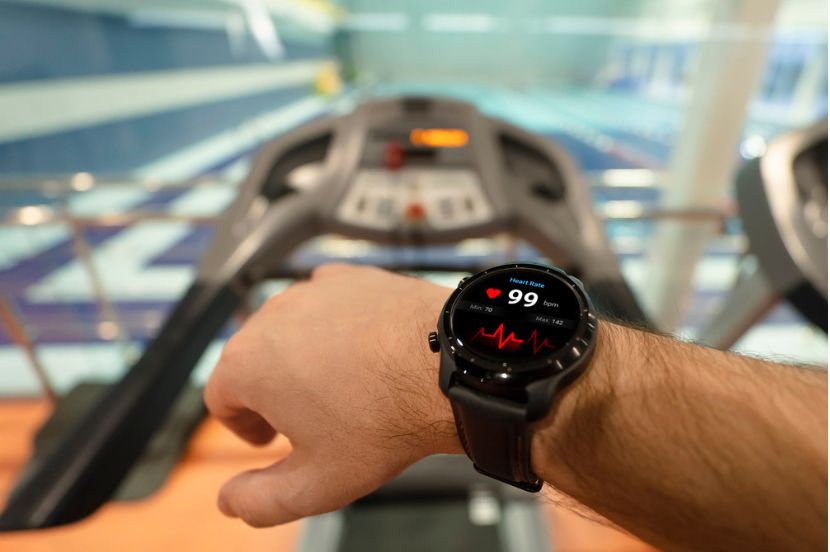
How do I determine my maximum heart rate?
Your maximum heart rate is typically calculated by subtracting your age from 220. However, for a more accurate measure, consider undergoing a stress test conducted by a professional.
Can I use any heart rate monitor on a treadmill?
Most heart rate monitors are compatible with treadmill workouts. Just ensure that your device is designed for cardio exercises and can handle the movements associated with treadmill running.
What’s the best heart rate zone for fat loss?
The fat-burning zone, which is 60-70% of your maximum heart rate, is ideal for fat loss. In this zone, your body burns a higher percentage of calories from fat, making it an effective way to lose weight.
How often should I monitor my heart rate during a treadmill workout?
You should consistently monitor your heart rate throughout your workout to ensure you’re staying within your target zone. This helps you optimize your workout intensity and achieve your fitness goals more effectively.
Can heart rate monitoring prevent overtraining?
Here’s how heart rate monitoring can help prevent overtraining:
- Recognizing Early Signs of Fatigue: If you notice that your heart rate is unusually high during a workout that typically doesn’t require much effort, it could be a sign that your body is fatigued. This is an early indicator that you might need more rest before continuing with intense exercise.
- Ensuring Adequate Recovery: Your resting heart rate is another crucial metric. If you find that your resting heart rate is elevated for an extended period, it could indicate that your body hasn’t fully recovered from previous workouts. Taking note of this can help you adjust your training schedule to include more rest and recovery.
- Avoiding Unnecessary Intensity: Sometimes, the enthusiasm to push harder can lead to workouts that are too intense. By monitoring your heart rate and staying within your target zones, you can avoid unnecessary strain on your body, which reduces the risk of overtraining.
- Customizing Your Training Program: Heart rate data allows you to customize your training program based on how your body responds to exercise. If you consistently find your heart rate higher than it should be, you might need to dial back your workouts. Conversely, if your heart rate stays low, it might be time to increase the intensity.
Incorporating regular heart rate monitoring into your treadmill workouts helps you stay attuned to your body’s needs, ensuring that you’re pushing yourself enough to make progress without crossing the line into overtraining. This balance is key to long-term fitness success and overall well-being.

